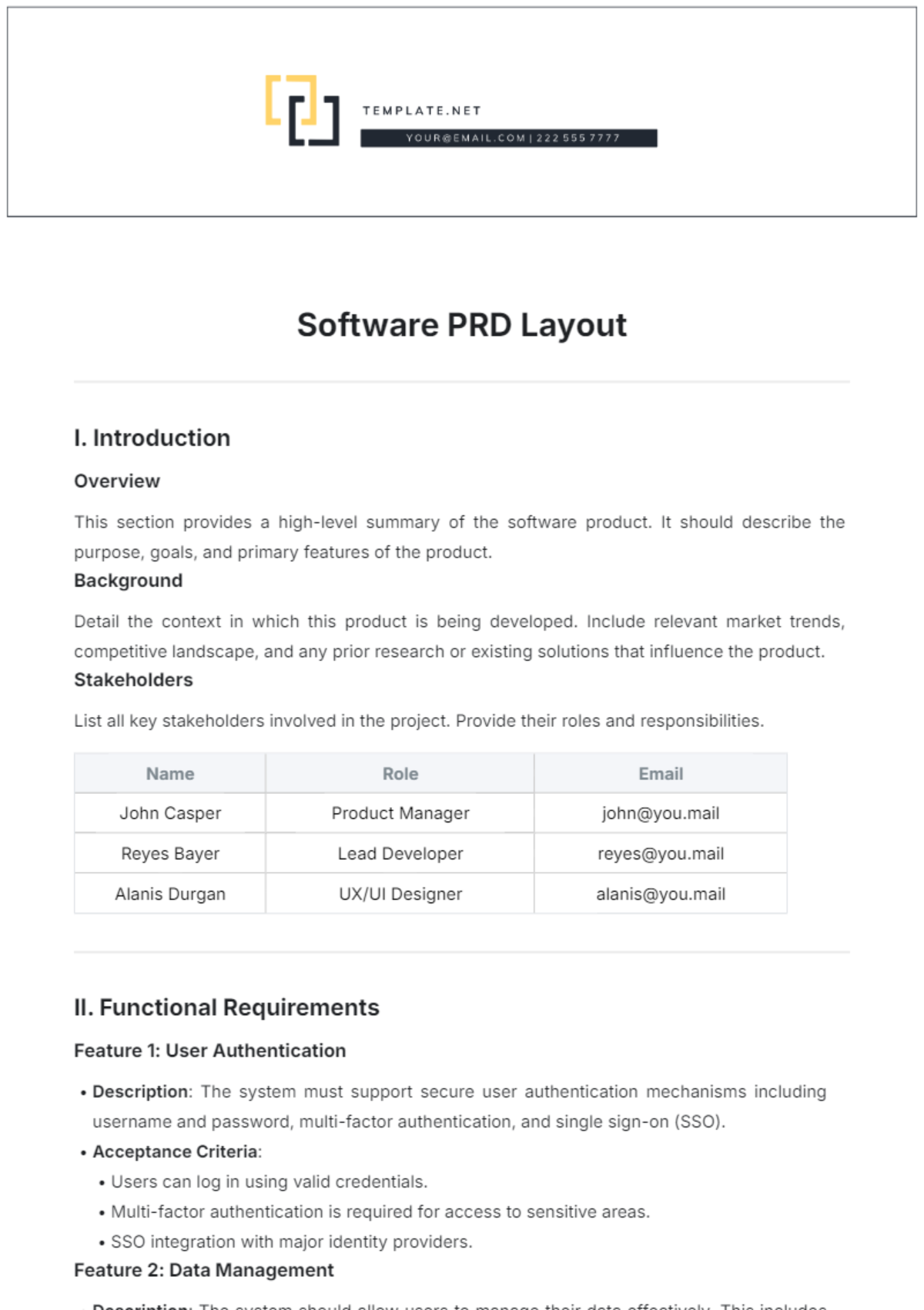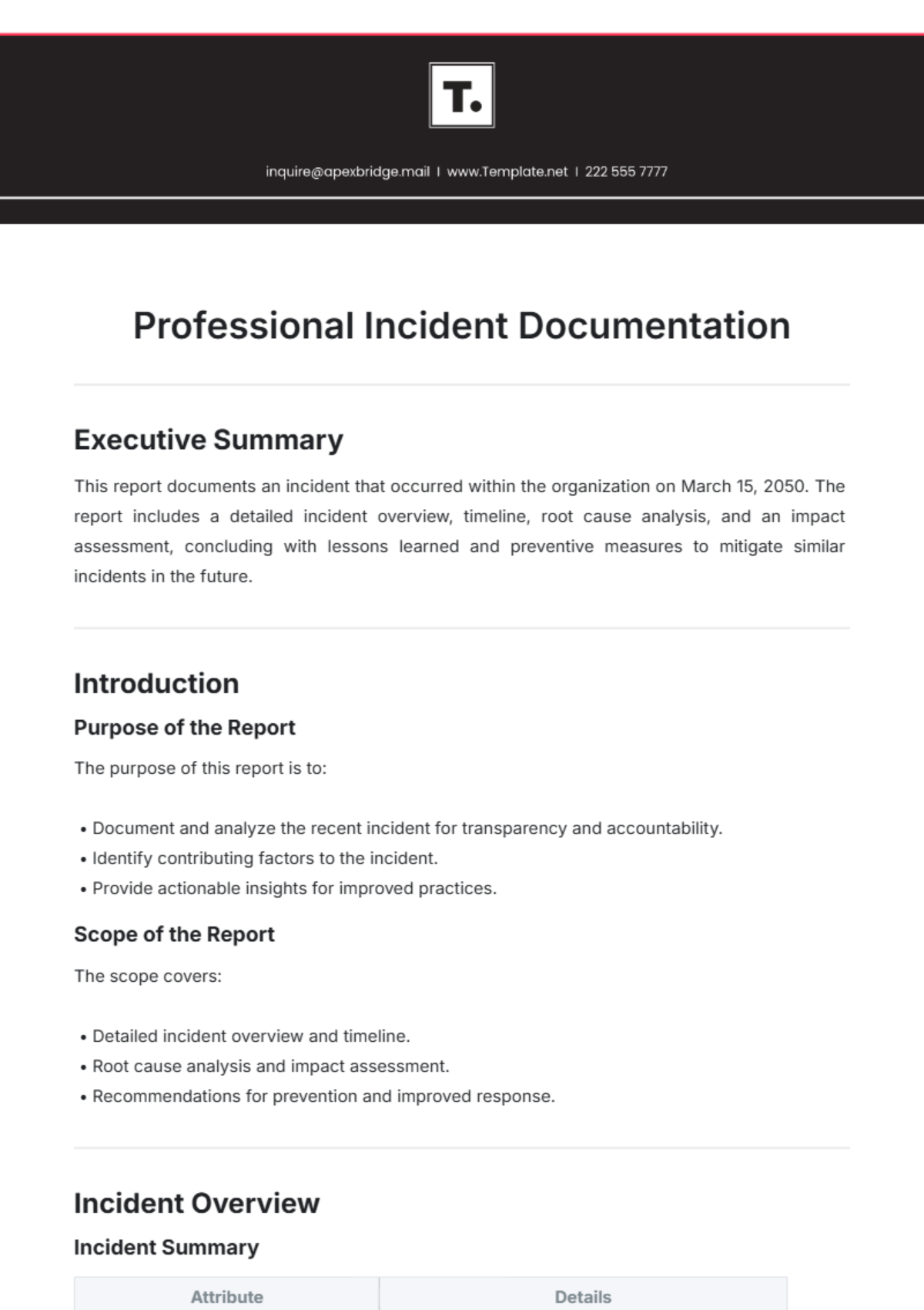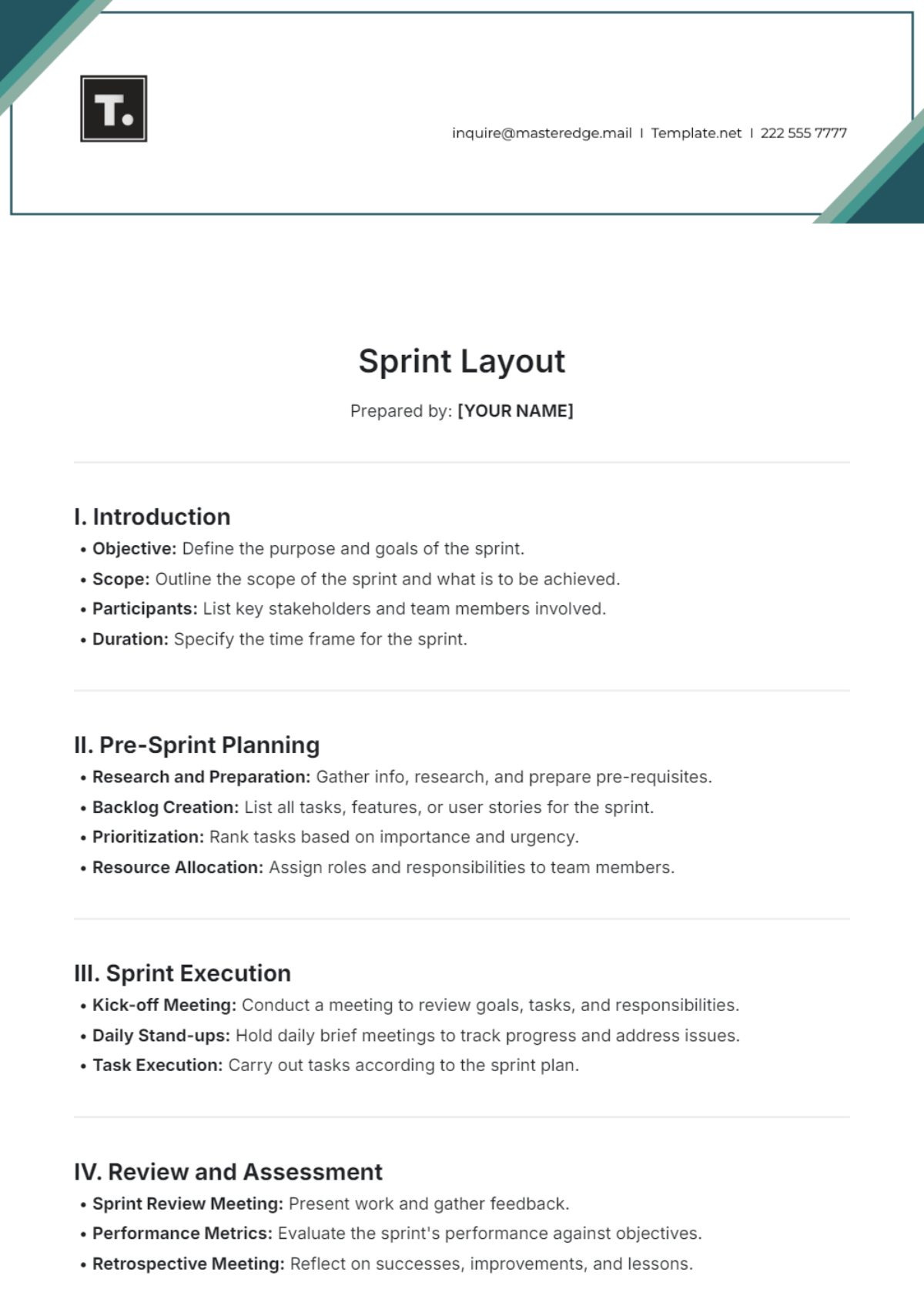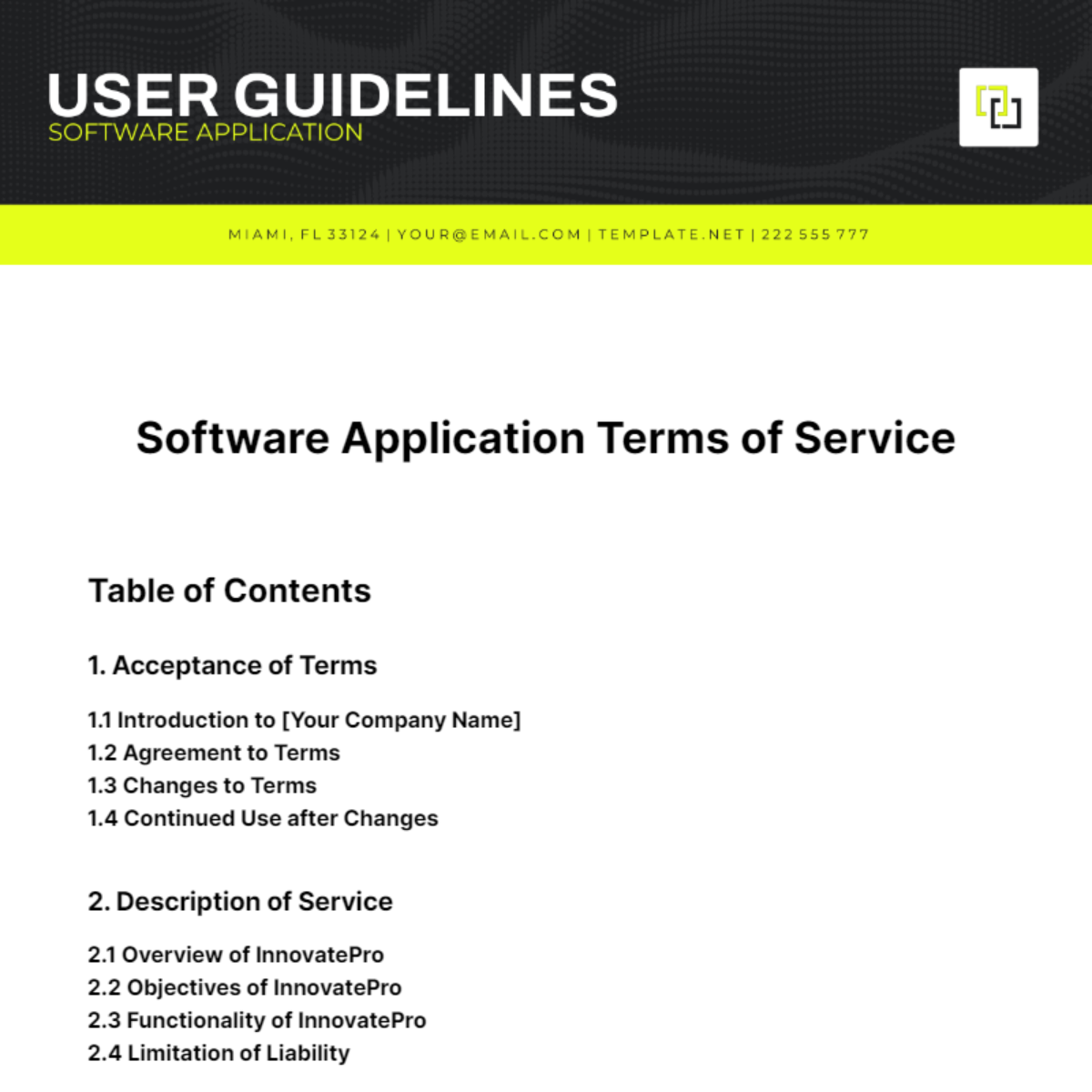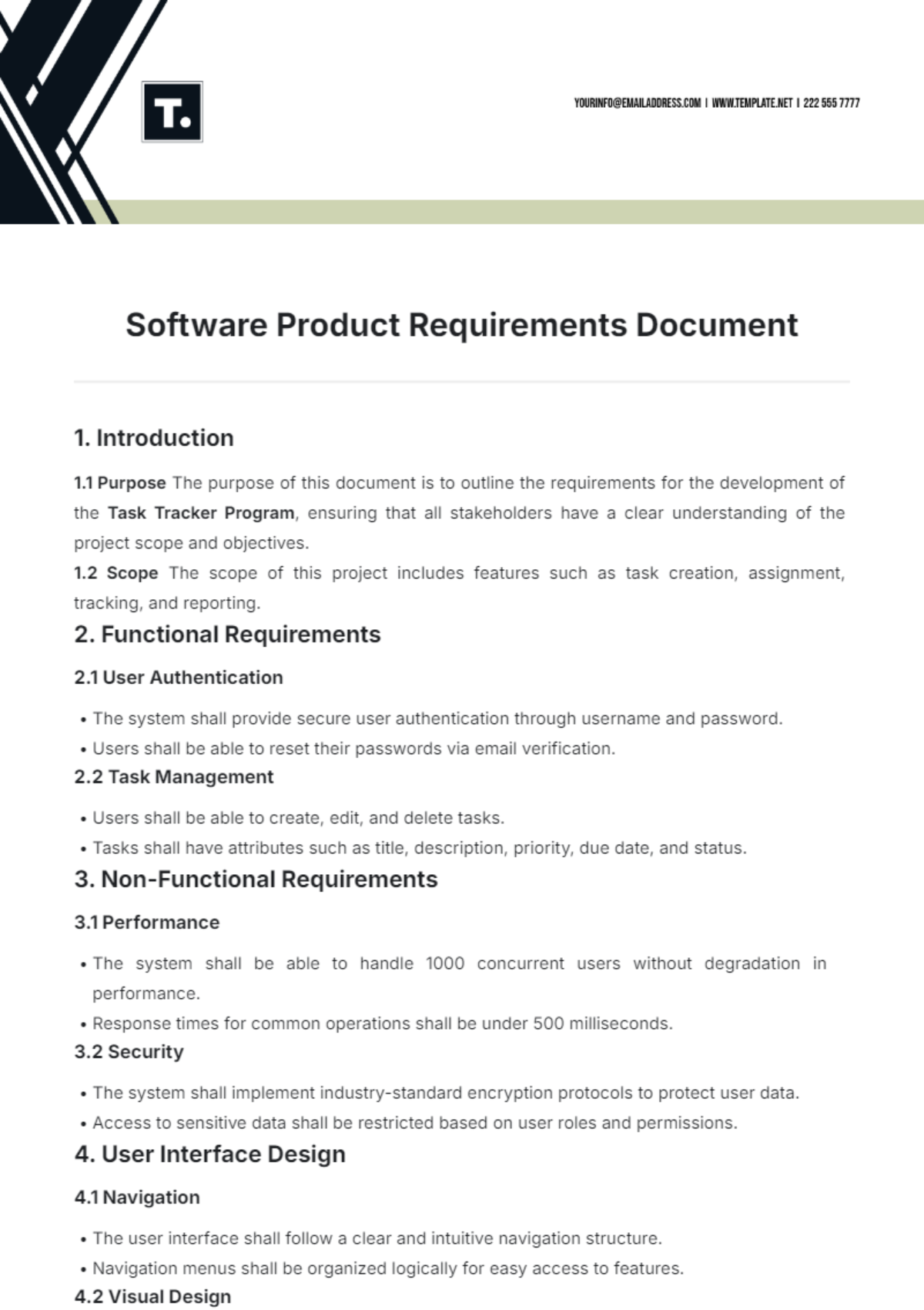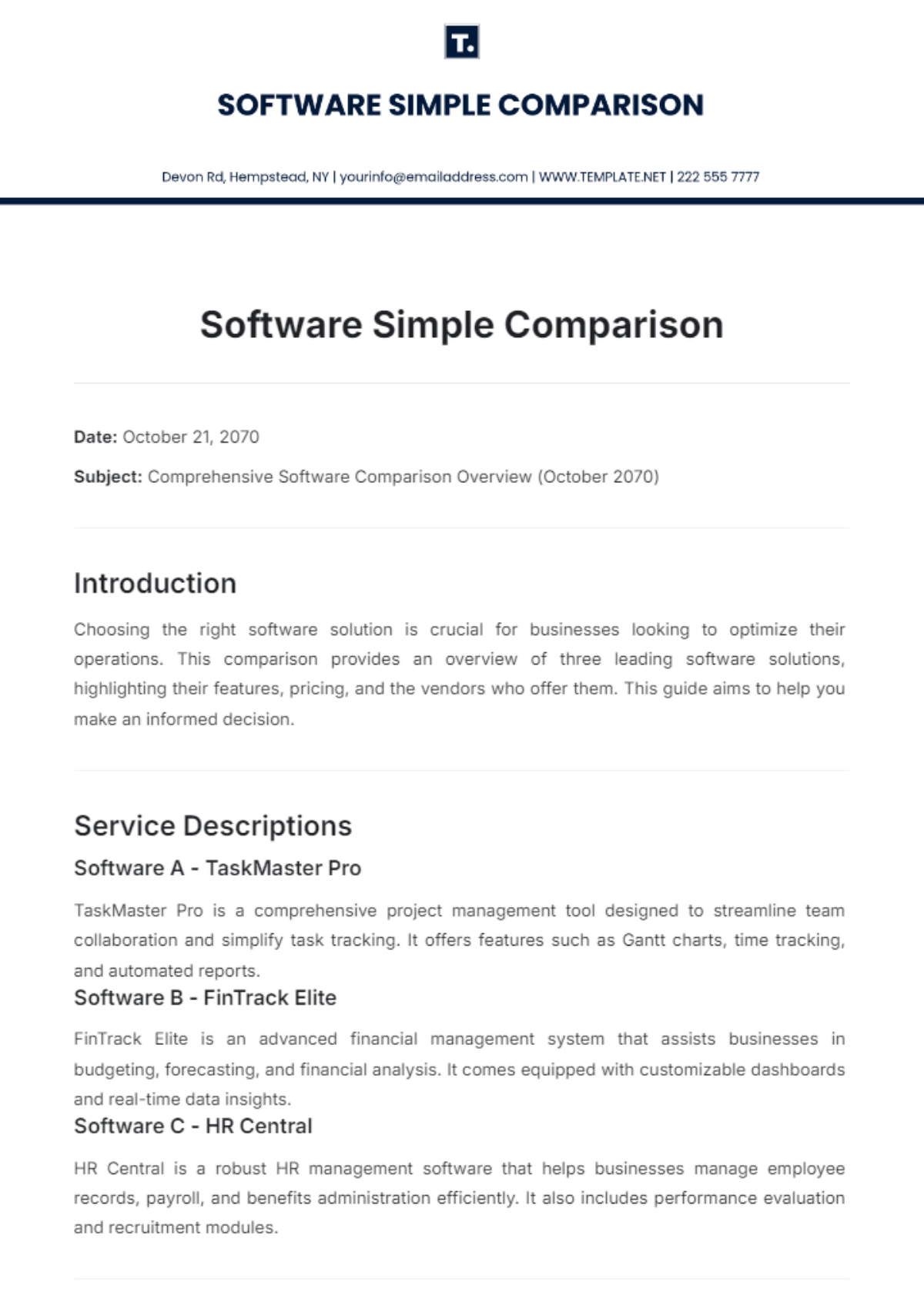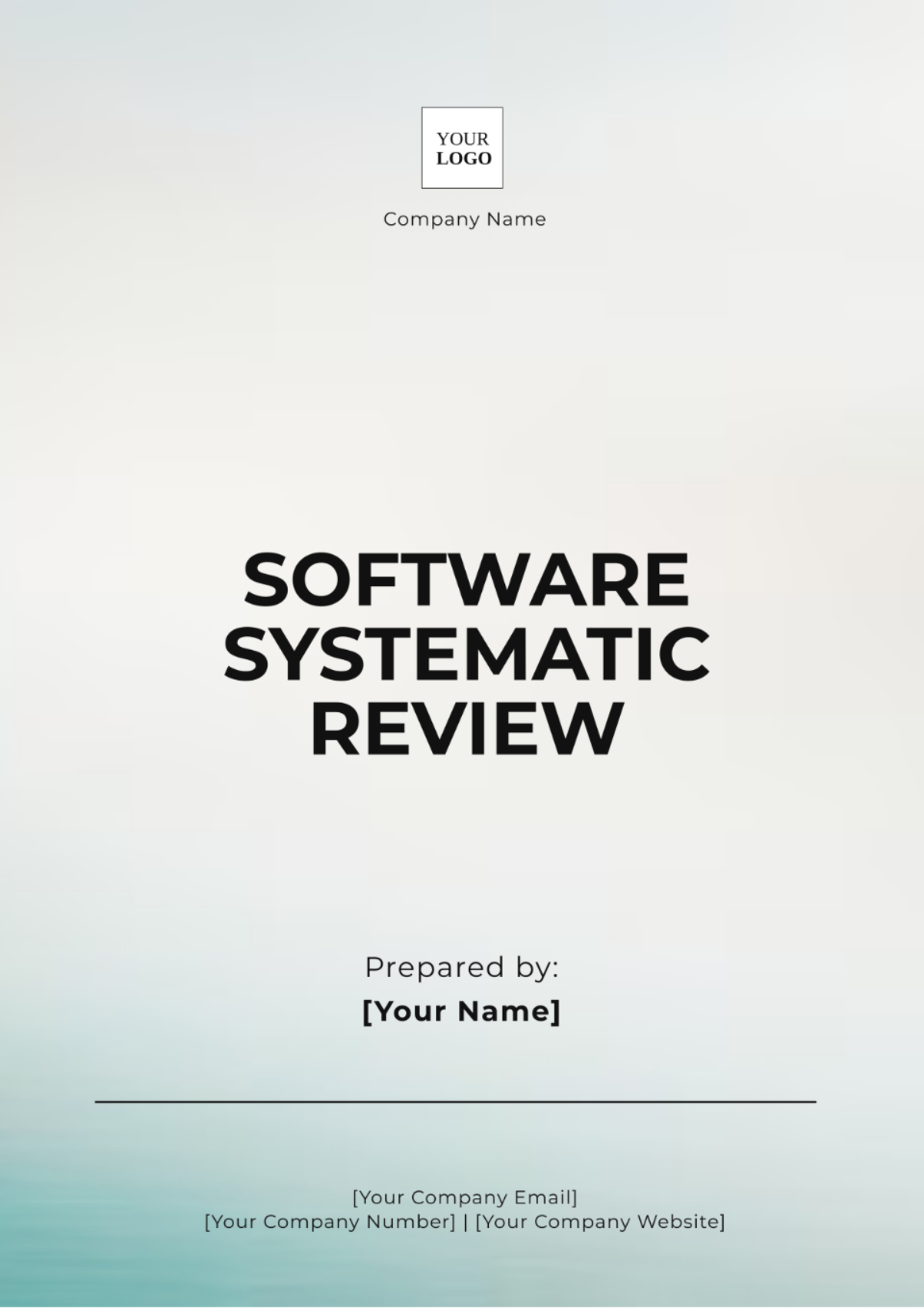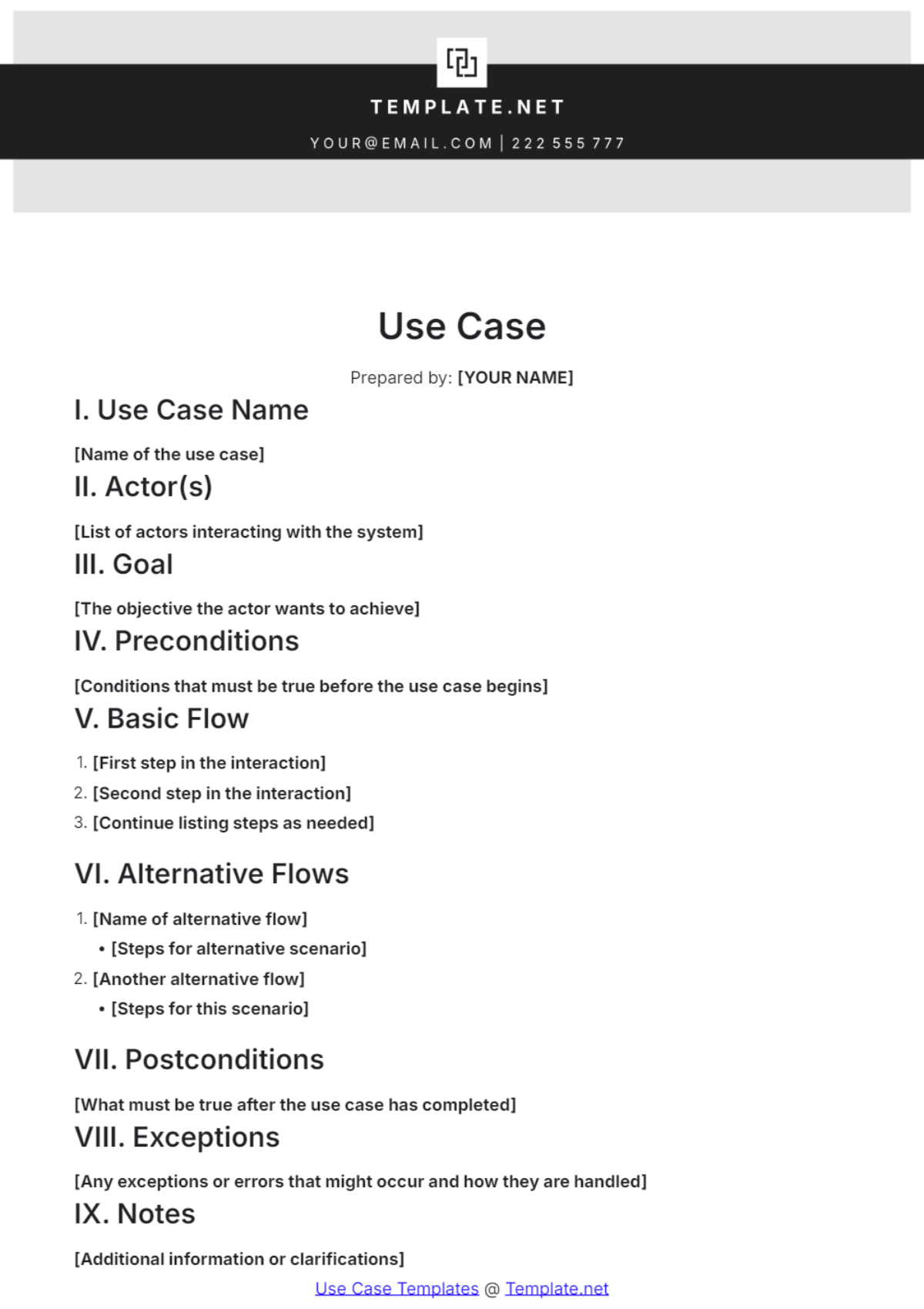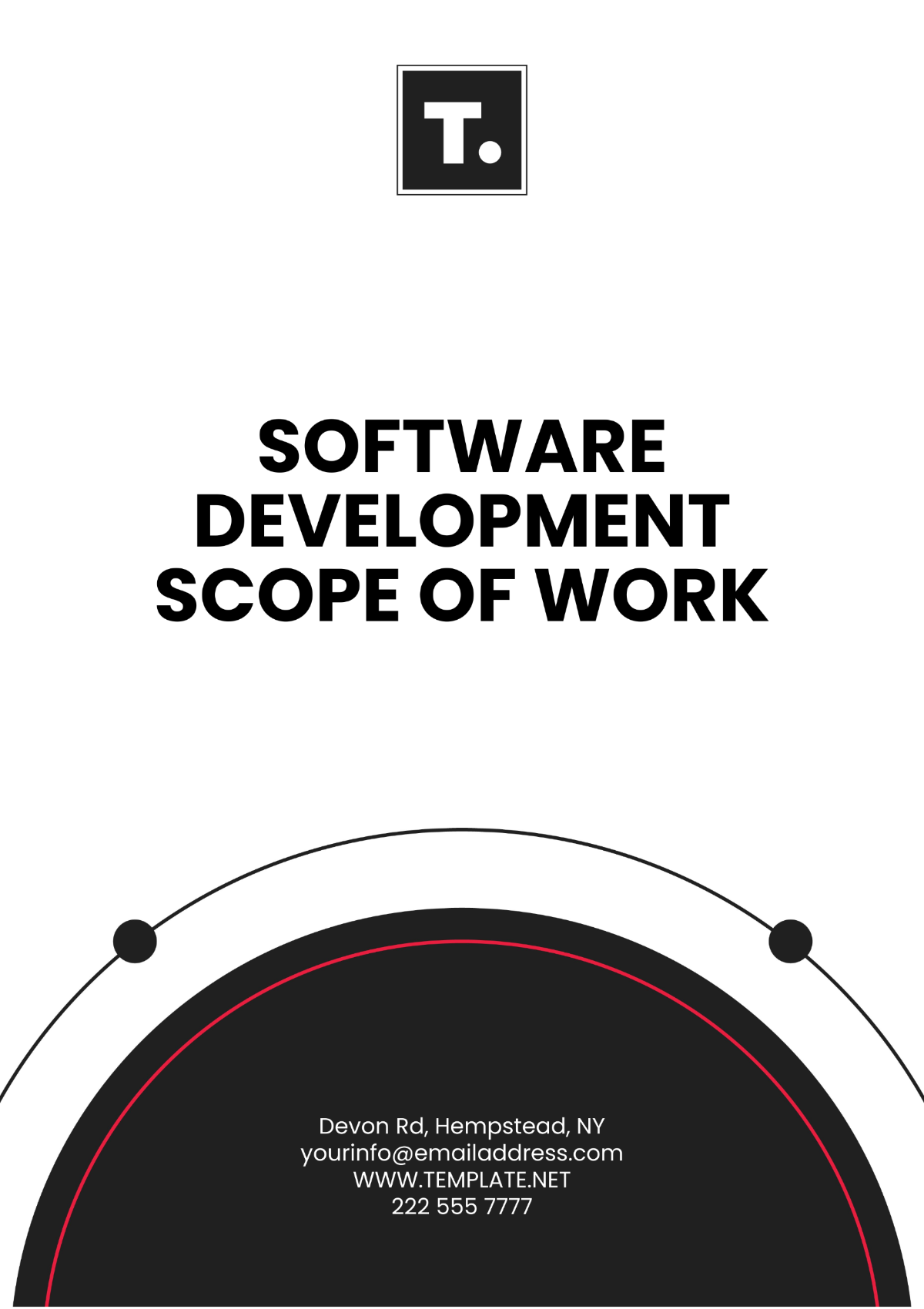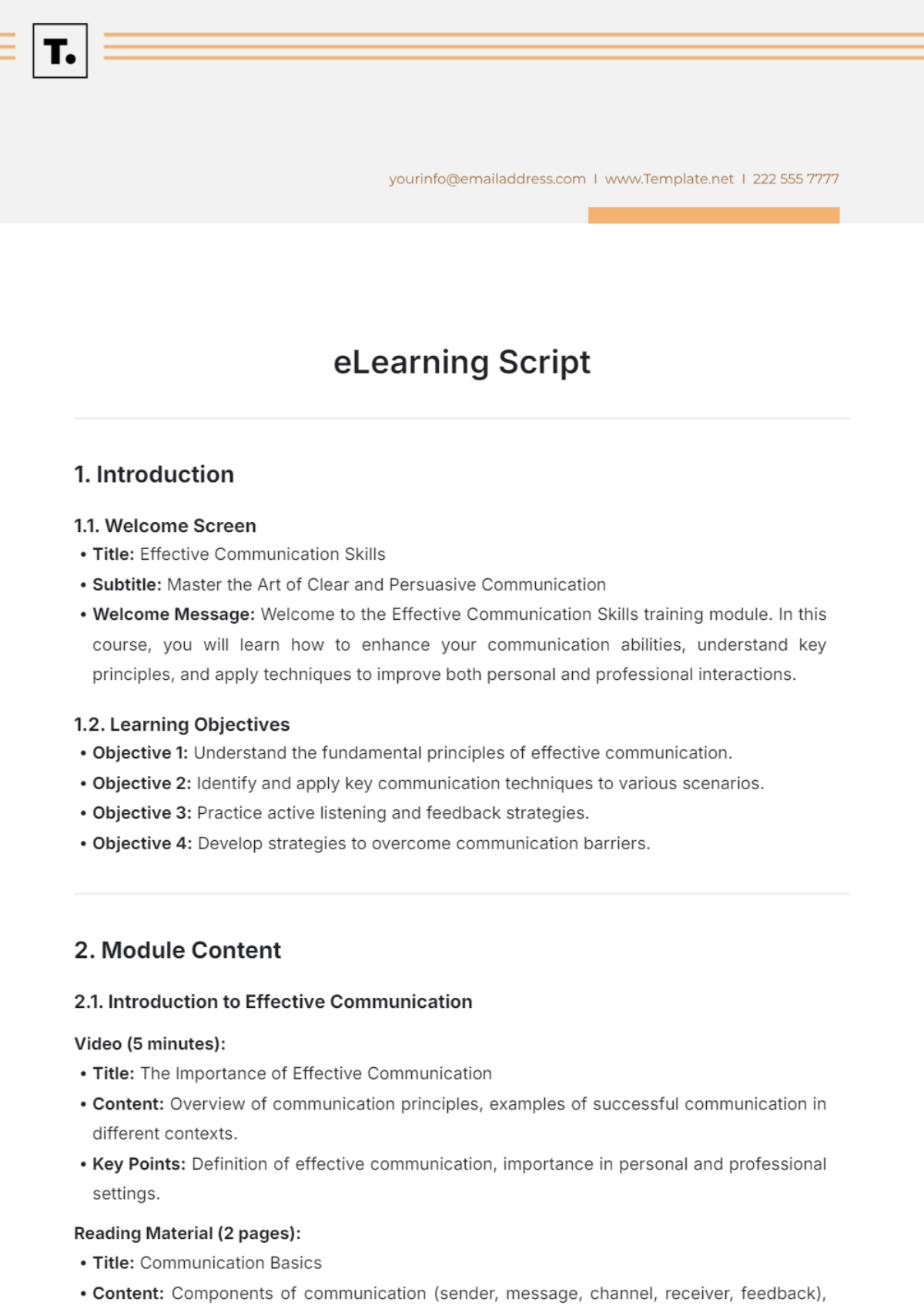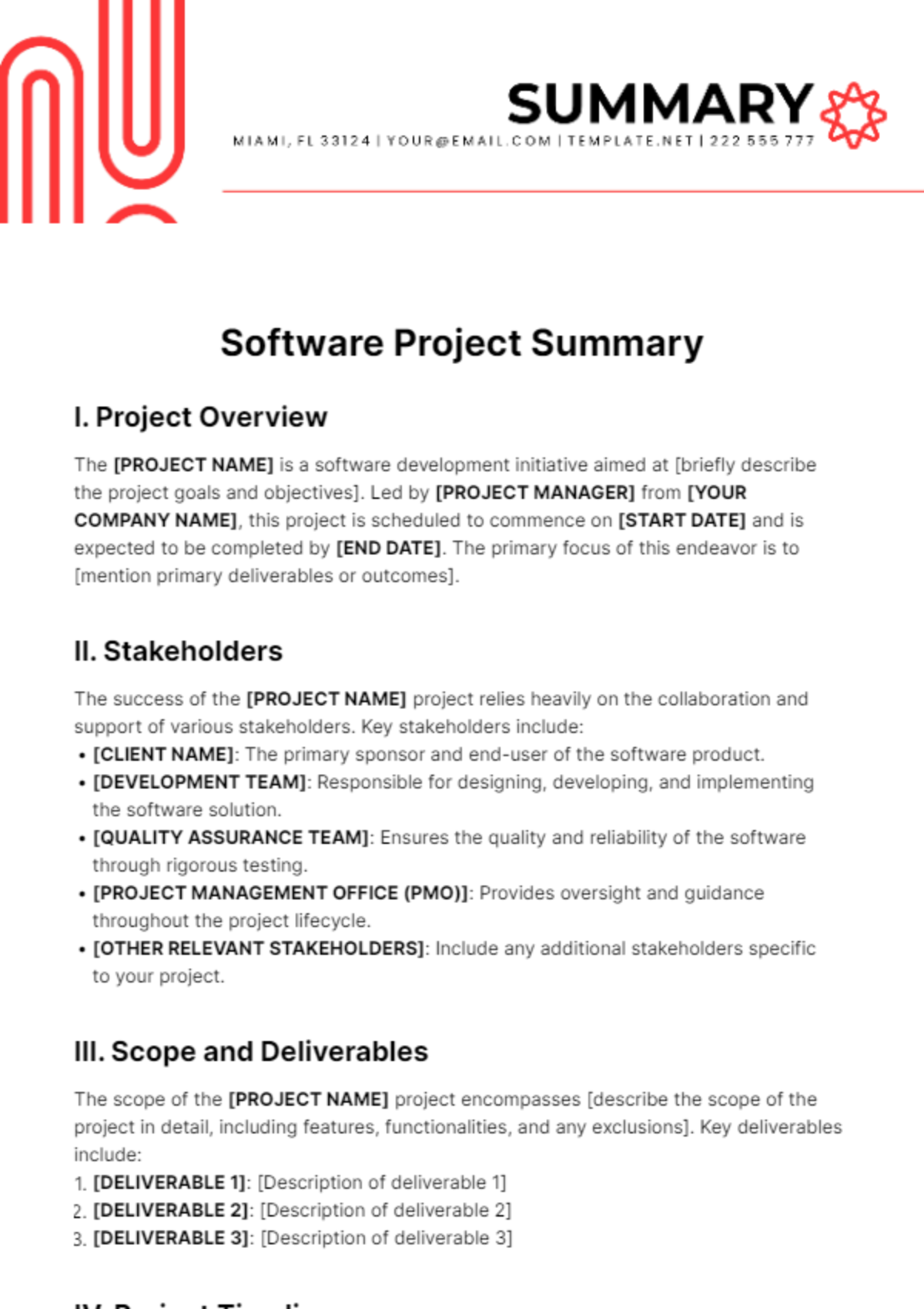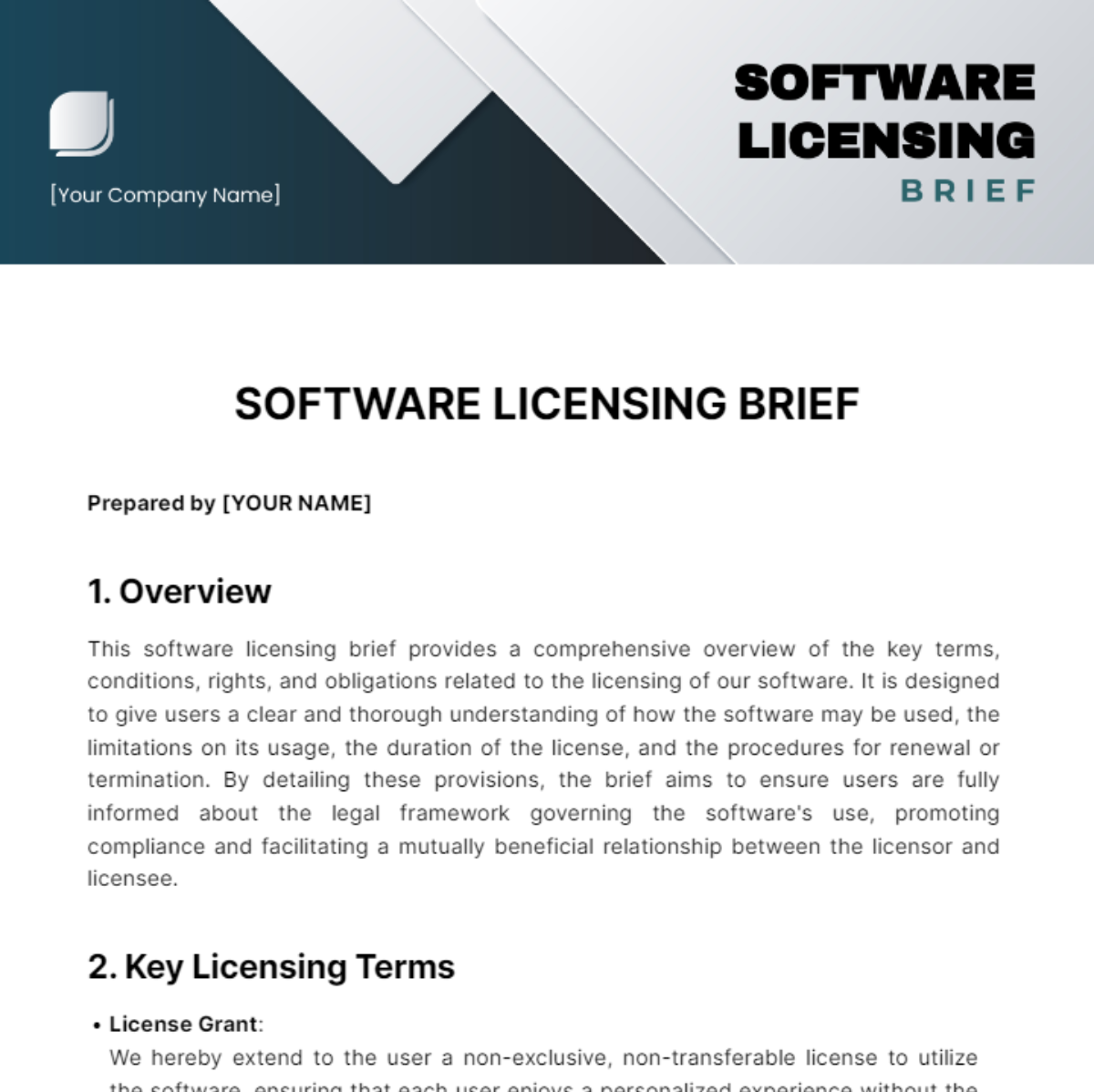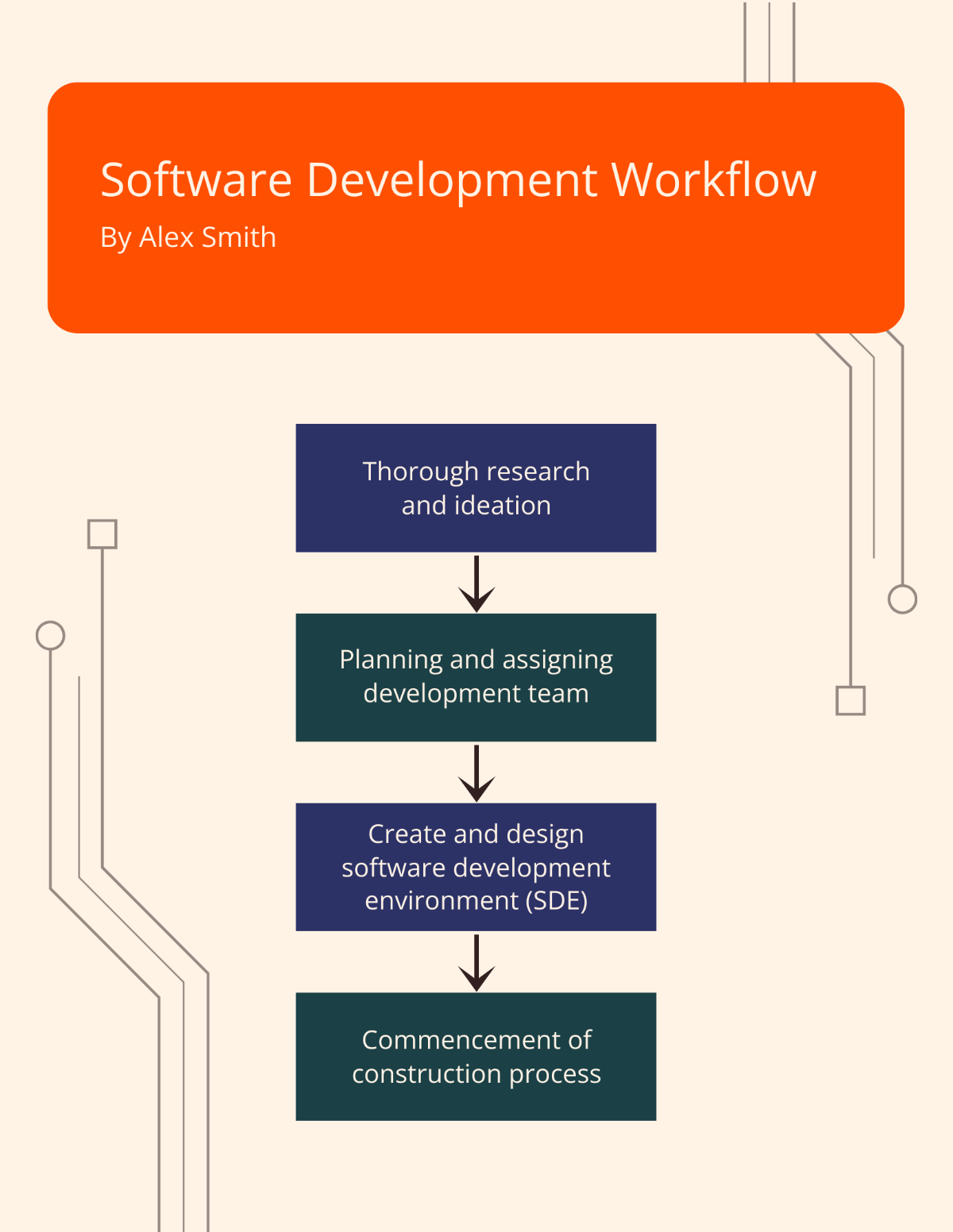Agile Software Development Methodology
Prepared by: [Your Name]
Date: [Date]
1. Introduction
The Agile Software Development Methodology is a dynamic approach to software development that focuses on iterative progress, collaboration, and customer feedback. Agile methodologies prioritize flexibility and responsiveness, allowing teams to adapt to changing requirements and deliver high-quality software efficiently. This methodology is rooted in the Agile Manifesto, which outlines values and principles designed to enhance development practices and outcomes.
2. Principles of Agile
Agile methodologies are guided by several core principles:
Customer Satisfaction: Deliver valuable software frequently, with a preference for shorter timescales.
Welcome Change: Embrace changing requirements, even late in development, to provide the customer with a competitive advantage.
Deliver Working Software: Ensure that working software is delivered frequently, from a couple of weeks to a few months.
Collaborative Teams: Promote daily collaboration between business people and developers.
Motivated Individuals: Build projects around motivated individuals, providing them with the environment and support they need.
Face-to-Face Communication: Encourage face-to-face conversation as the most efficient and effective method of conveying information.
Working Software: Focus on working software as the primary measure of progress.
Sustainable Development: Maintain a constant pace of work that can be sustained indefinitely.
Technical Excellence: Continuously enhance technical expertise and good design.
Simplicity: Maximize the amount of work not done to focus on essential tasks.
3. Roles and Responsibilities
3.1. Development Team
Responsibilities:
Develop functional software incrementally.
Participate in planning, daily stand-ups, and retrospectives.
Collaborate with Product Owners and Scrum Masters.
3.2. Product Owner
Responsibilities:
Define product vision and roadmap.
Prioritize the product backlog and ensure it aligns with business goals.
Act as a liaison between stakeholders and the development team.
3.3. Scrum Master
Responsibilities:
Facilitate Agile ceremonies such as sprints, stand-ups, and retrospectives.
Remove impediments that hinder the team's progress.
Coach and mentor team members on Agile practices.
4. Agile Practices
4.1. Scrum
Sprint Planning: Define what can be delivered in the sprint and how the work will be achieved.
Daily Stand-Up: A brief meeting to discuss progress, plans, and obstacles.
Sprint Review: Demonstrate what has been built and gather feedback.
Sprint Retrospective: Reflect on the sprint to identify improvements.
4.2. Kanban
Visual Management: Use a Kanban board to visualize work, limit work in progress, and maximize flow.
Continuous Delivery: Focus on delivering work items continuously and incrementally.
4.3. Extreme Programming (XP)
Pair Programming: Two developers work together at one workstation.
Test-Driven Development (TDD): Write tests before coding to ensure software quality.
Continuous Integration: Frequently integrate code changes into a shared repository.
5. Artifacts
5.1. Product Backlog
Description: A prioritized list of features, enhancements, and bug fixes for the product.
Maintenance: Continuously updated based on feedback and new requirements.
5.2. Sprint Backlog
Description: A list of tasks and items selected for a sprint, including their goals.
Maintenance: Updated daily to reflect progress and changes.
5.3. Increment
Description: The sum of all completed product backlog items during a sprint.
Definition of Done: Criteria that ensure the increment is complete and ready for release.
6. Workflow and Lifecycle
6.1. Iterations
Planning: Outline the work to be done in the upcoming iteration.
Execution: Develop and test features according to the sprint or iteration plan.
Review: Assess completed work and gather stakeholder feedback.
Retrospective: Evaluate the iteration process to identify improvements.
6.2. Releases
Planning: Schedule releases based on completed increments and stakeholder needs.
Deployment: Deploy software to production environments following successful testing.
Feedback: Collect feedback from end-users to guide future development.
7. Tools and Resources
7.1. Project Management Tools
JIRA: For tracking issues, managing sprints, and visualizing work.
Trello: For simple task management and visual boards.
7.2. Continuous Integration Tools
Jenkins: For automating build and deployment processes.
CircleCI: For integrating and testing code changes continuously.
7.3. Collaboration Tools
Slack: For team communication and real-time collaboration.
Confluence: For documentation and knowledge sharing.
8. Metrics and Measurement
8.1. Velocity
Description: Measures the amount of work completed in a sprint, helping to predict future performance.
8.2. Burn-Down Charts
Description: Visualize work remaining versus time, indicating progress towards sprint goals.
8.3. Cycle Time
Description: Measures the time taken to complete a task from start to finish, aiding in process improvement.
9. Conclusion
The Agile Software Development Methodology provides a structured yet flexible approach to software development. By focusing on iterative progress, collaboration, and continuous improvement, Agile methodologies help teams deliver high-quality software that meets customer needs and adapts to changing requirements. Whether through Scrum, Kanban, or Extreme Programming, Agile practices foster an environment where teams can thrive and achieve successful project outcomes.
